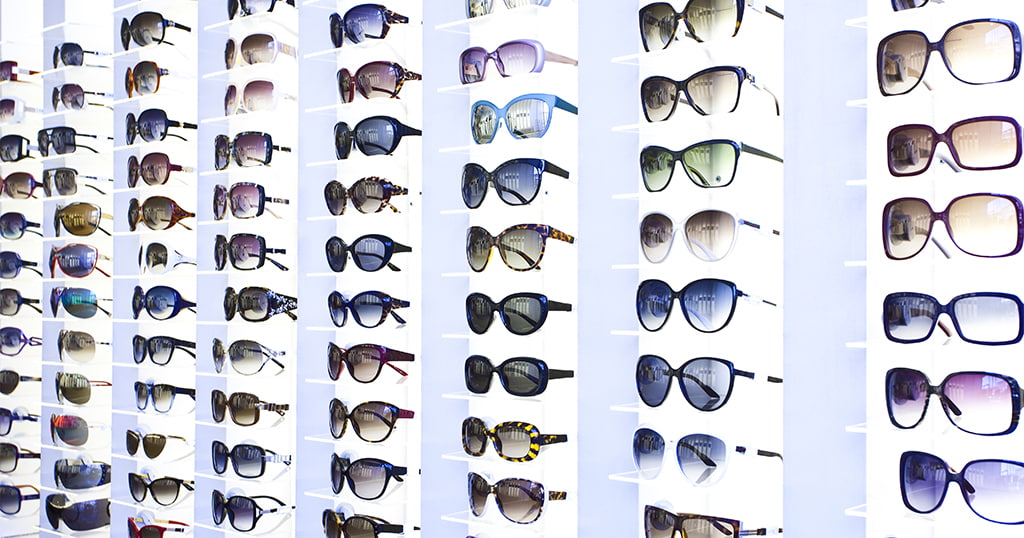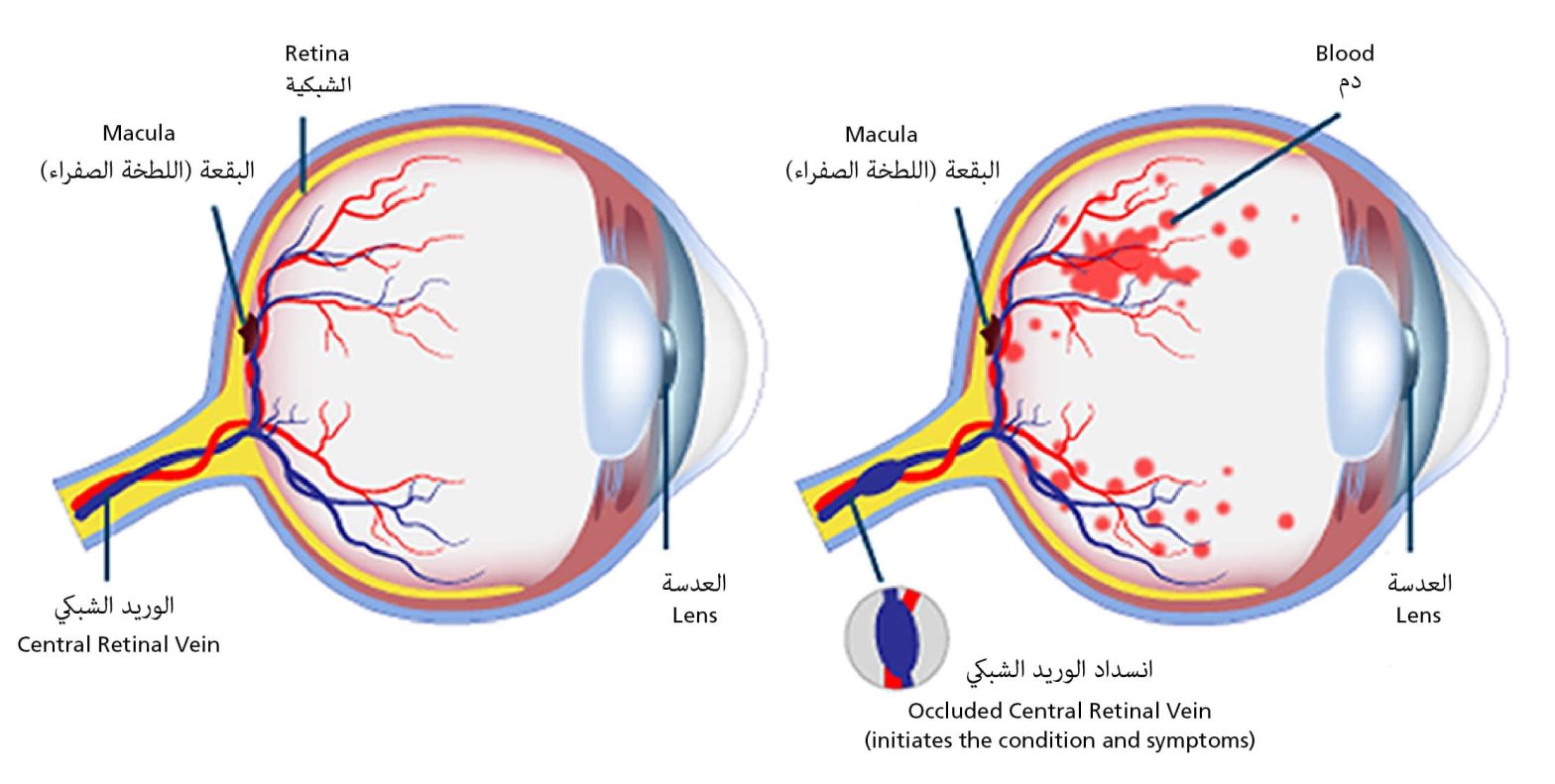Selecting a pair of sunglasses Sunglasses may help you look cool and fashionable but they are also designed to protect your eyes, so choosing a pair of sunglasses is about more than just looking good. 1) The lenses UV protection It’s important to protect against excessive exposure to ultraviolet (UV) rays. Make sure that you… Continue reading Selecting a pair of sunglasses
Retinal Vein Occlusion: Causes, symptoms, and treatment options
Retinal Vein Occlusion (RVO) is one of the most common vascular disorders affecting the retina. It is a leading cause of sudden, painless vision loss, particularly in adults over 50 years of age. Although the condition may sound alarming, early diagnosis and timely treatment can significantly improve outcomes and help preserve vision. This guide is… Continue reading Retinal Vein Occlusion: Causes, symptoms, and treatment options

